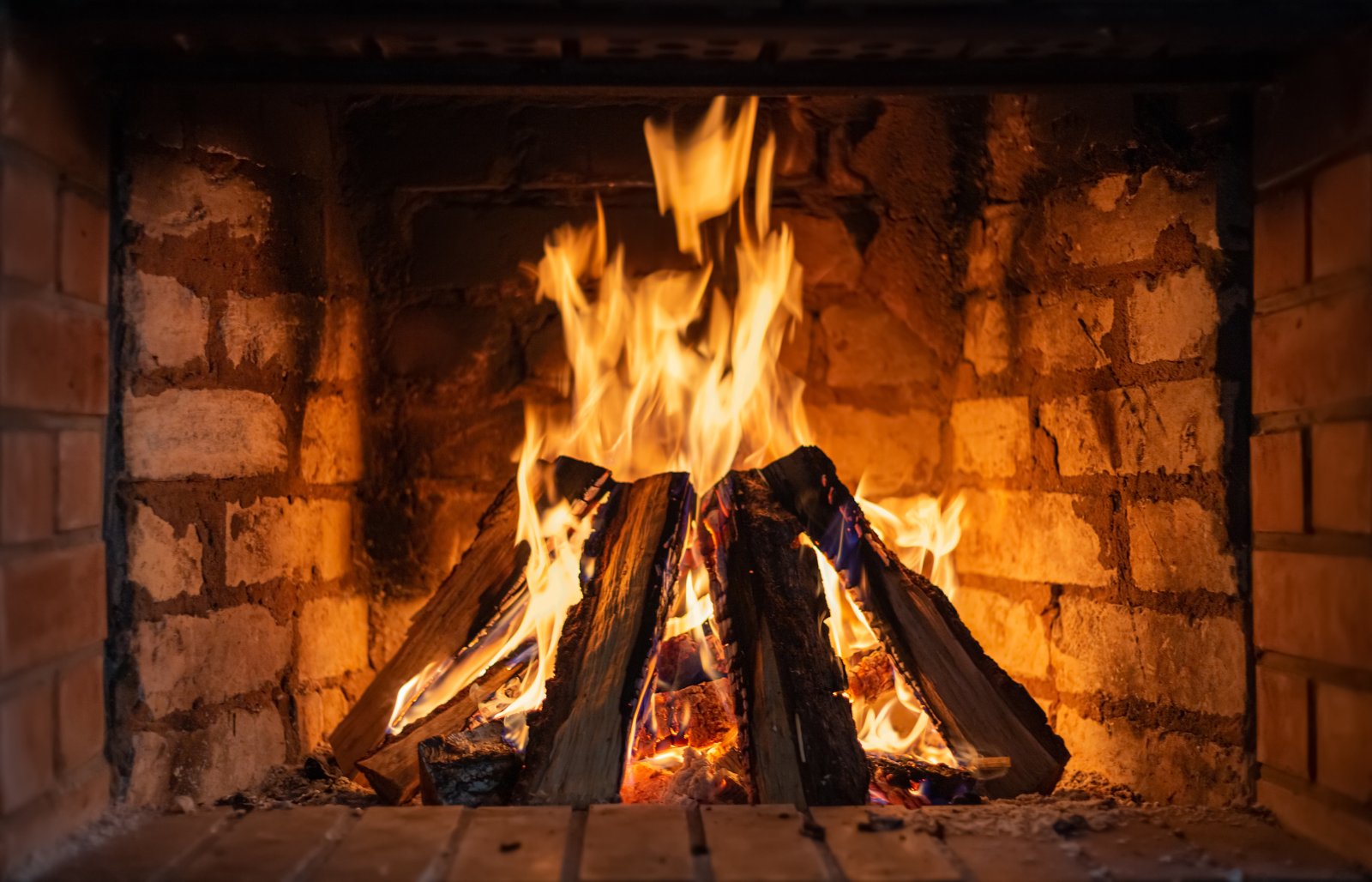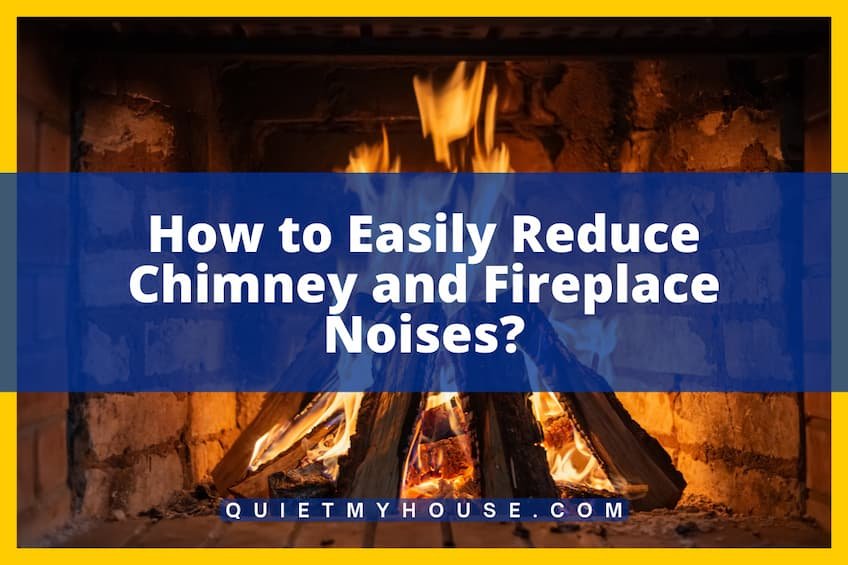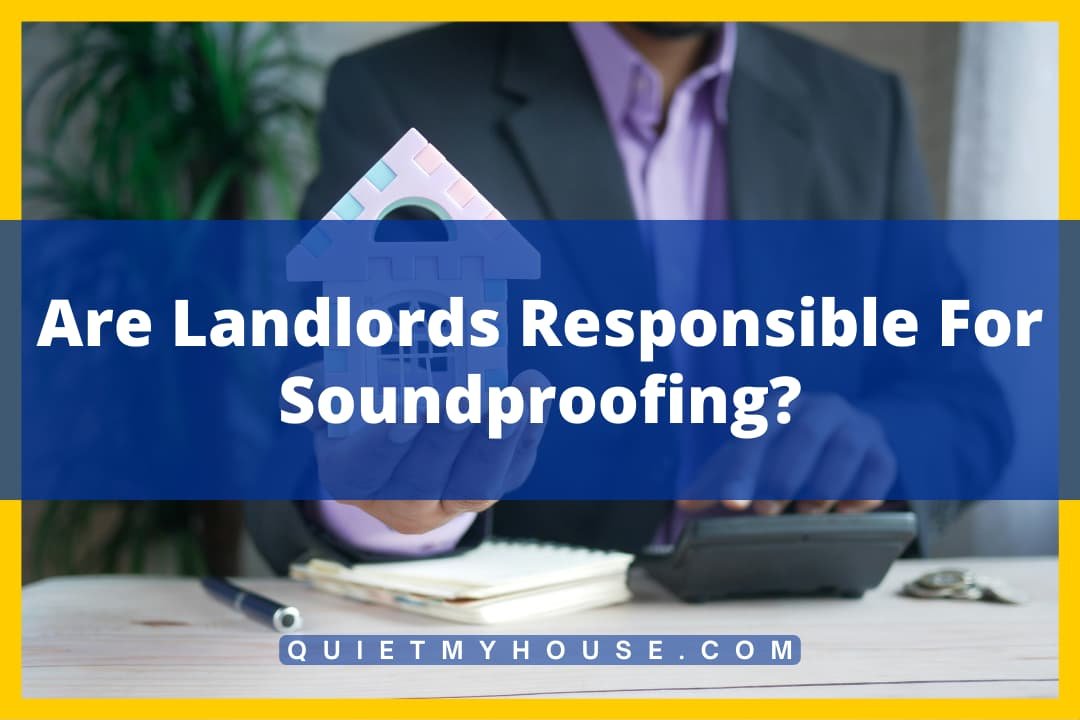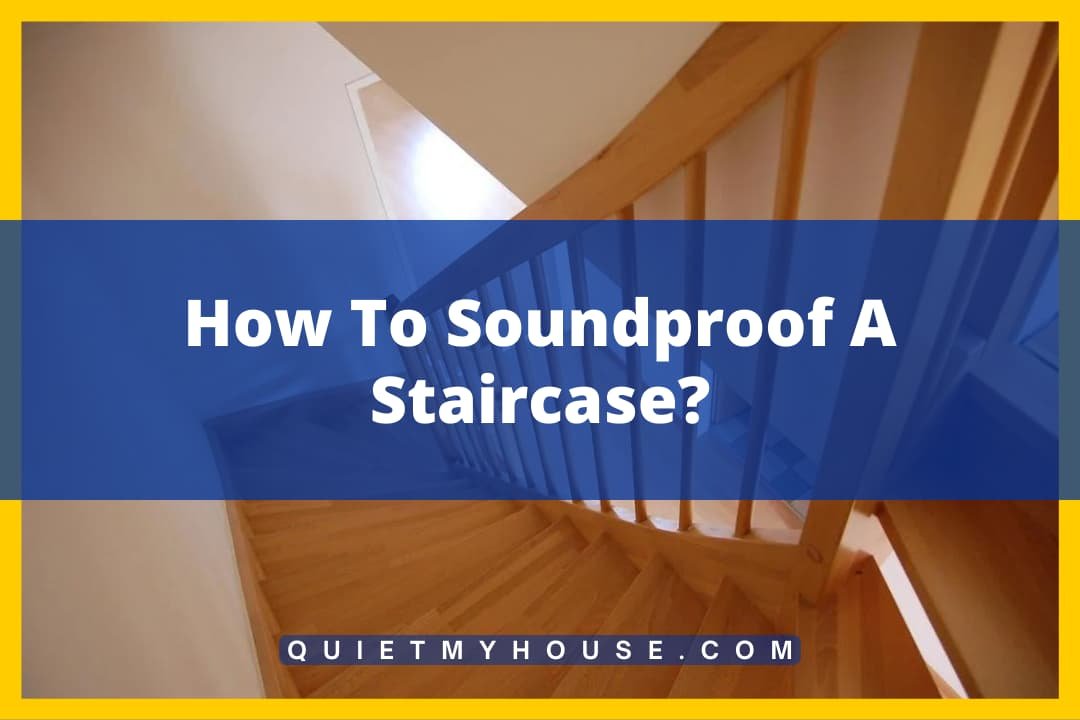Are you experiencing lots of noise coming from your chimney? It could be an annoyance, or it could be a problem that needs fixing. Luckily, there are some easy ways to solve it.
Wind noises from a chimney can be stopped by blocking up where the wind comes in. This can be done with a chimney balloon, flueblocker, blanket, or chimney cap or cowl. Banging or popping noises could mean that the structure is either bent or needs cleaning and should be addressed by a professional.
Here’s how to stop noise from the wind, as well as why you need a professional when you hear banging or popping noises. Keep reading to learn more.
Stop Wind Noise
When your chimney keeps making wind noises, that means the wind is coming into your house through the chimney. To stop the noise, you will have to stop up the wind.
This can be done a number of ways, but what you’re essentially doing is blocking off the places where wind can come in. Block up those holes, then there’s no way for the wind to get in, and the sound will stop.
The method you choose between the following options will depend both on how often you use your fireplace and how much money you’re willing to invest into fixing the problem.
Also, you should always remember that if you ever stick something directly into your chimney, you should make it obvious that it’s there, because it will have to be removed whenever you want to start a fire, or else you’ll risk starting a fire in the chimney itself, which is extremely dangerous. Put a reminder in your fireplace and don’t rely on fallible human memory.
Chimney Balloon
A chimney balloon is the first option because it fits snugly inside your chimney, inflating to block up the space where air can flow.
You will want to measure your chimney first to make sure you get the right size, but once you have that measurement, finding a good balloon to fit your chimney should be no problem.
A chimney balloon is good for when you don’t use your fireplace very often. It can be a bit of a hassle to set up, and you have to take it out whenever you want to have a fire, but it’s affordable and will last a while if you take good care of it. Here’s a chimney balloon to check out, but you will need to find one that fits your chimney specifically.
An easy way to install it is to inflate it halfway first, then position it inside the chimney before fully inflating it. Be sure not to overinflate it because that might cause it to puncture.
Once you have it in place, the balloon will block the wind. This will stop the noise from the wind coming down the chimney, and it will also save you money on heating and/or AC by keeping the outside air outside and the inside air inside.
Flueblocker
If you use your fireplace more often, a flueblocker (also called a chimney plug) might be the way to go. A flueblocker is easier to use than a chimney balloon because all you have to do is plug it in and leave it.
You will still have to measure your chimney and take the flueblocker out when you want a fire, but it’s more convenient to do so with this than with a chimney balloon.
Also like the chimney balloon, it works by blocking the space. It seals off the wind and keeps the outside temperature from affecting you indoors.
For an idea of how much it might cost to get one, here’s a round flueblocker to take a look at (some flueblockers are round, and others are rectangular). Again, be sure to measure your chimney before purchasing anything.
Blanket or Towel
If you don’t want to buy a balloon or a flueblocker, or you just want to fix the problem now, you might try just blocking up the flue with a blanket or towel.
Be aware, though, that while this is the cheapest way to solve the problem, it’s also the dirtiest. Be sure to use old towels and blankets that you don’t mind getting dirt and soot all over.
Chimneys collect a lot of debris, and the blanket will grab onto it. Then, when you go to take it out because you want a fire, it could very well make a big mess all over your floor.
Don’t use this solution if you use your fireplace frequently or if you can afford to pay for a different solution: a blanket or towel that you don’t care about is probably a lot easier to forget about than a balloon or flueblocker that you paid good money for, and therefore this solution is more prone to fire hazards than any other.

Chimney Cap or Cowl
If you use your fireplace very frequently, it might be worth taking a different tack: rather than plugging up the flue, keep the wind from going down it in the first place. You can do this either with a chimney cap or a chimney cowl. These are both permanent fixes that you install to the top of your chimney.
A chimney cap reduces noise by blocking off a lot of the space the wind has to enter the chimney while, at the same time, leaving room for smoke to get out. It won’t completely get rid of the noise, but it will reduce a lot of it.
A chimney cowl does the same thing, except in a more active way. It’s made to fight against the wind by automatically rotating so that the wind has no way to get in. These are a lot more expensive, and they will need to be lubricated as they get older so that they don’t squeak.
Fix Holes
If your chimney has holes or leaks in it, then you’re going to get some wind leaking through. Even little holes can amplify the noise and whistles. Finding the holes and fixing them can help reduce the noise.
Popping and Banging Noises
If your chimney is making popping or banging noises, you may need to call in a professional.
Banging noises, especially in older chimneys, means that the metal structures may be bent, which will need to be fixed by a professional.
Popping noises mean that your chimney needs to be cleaned. For that, you can either hire a professional or use a chimney cleaning product such as a creosote buster.




